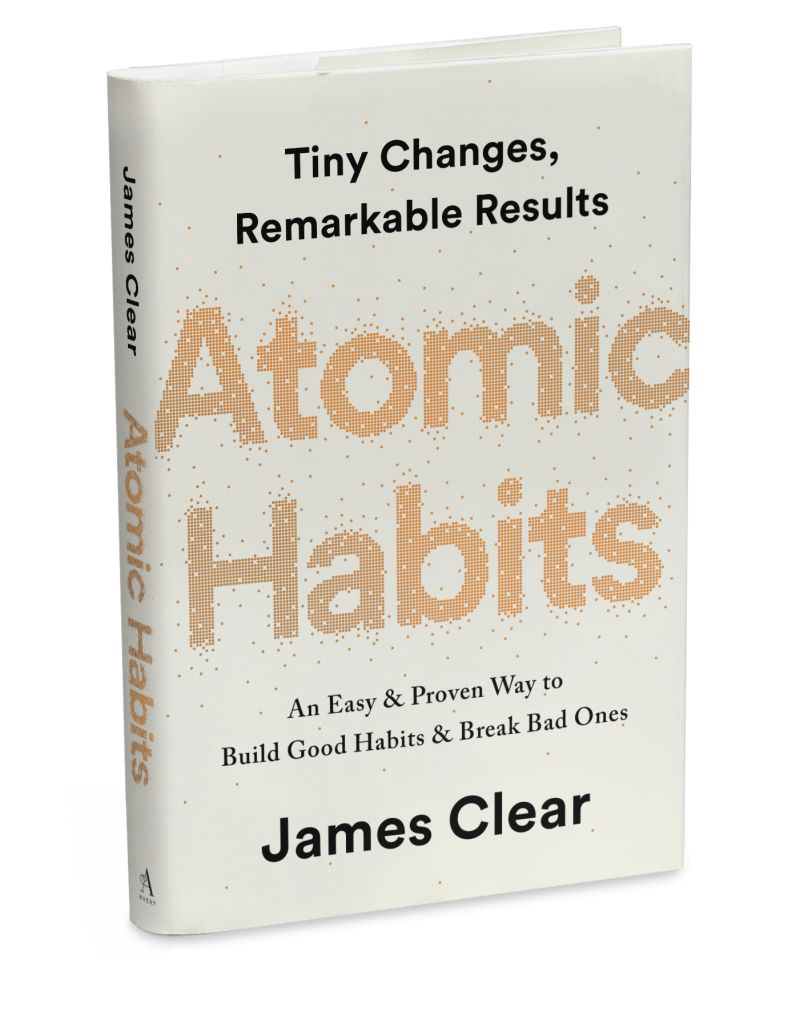“Your life builds not by dramatic acts, but by accumulation.” -Eric Greitens
Why have you failed to create habits in the past? Or, if you have been successful—and I hope you have been—why haven’t those habits lasted? Maybe you picked the right habit, but it wasn’t easy enough to do, so you quit. Or, maybe it wasn’t satisfying, so you had no reason to continue doing it. Regardless, if you’ve had trouble making good habits stick around, or bad habits go away, then there’s hope.
(Before you read further though, you should read part 1 of this blog series which can be found here, and part 2 which can be found here.)
Assuming you’re all caught up now, let’s start by busting a common myth regarding habits. It’s the idea that it takes a certain amount of time to create a habit. This is false because the time frame in which you try to create a habit doesn’t matter—the frequency in which you perform the habit does.
“There is nothing magical about time passing with regard to habit formation. It doesn’t matter if it’s been twenty-one days or thirty days or three hundred days. What matters is the rate at which you perform the behavior.” -James Clear
If I want to make stretching a daily habit, then the frequency in which I stretch is what matters, not that I started doing it 66 days ago. If I want to make it a habit to cook healthy meals at home, then the more frequently I can do it the better.

This leads us into the third law, which is: make it easy. The easier a habit is to perform the more likely we will be to engage in the activity. And the more frequently we engage in the activity the sooner a new habit will form.
Law 3: Make It Easy
“The idea behind make it easy is not to only do the easy thing. The idea is to make it as easy as possible in the moment to do things that payoff in the long run.” – James Clear
When habits are difficult to perform—whether that’s due to being too complex, difficult, or time consuming—we won’t do them. I mean, would you perform a habit if it took you 3 hours each day? Probably not. How about if it involved 19 different steps to perform? Once again, probably not.
If our habits that we are trying to create are easy to act on, then we stand a chance of starting. When we start with an easy, seemingly unnoticeable action—say reading one page in a book, performing one exercise at the gym, or doing one stretch—we’re getting a rep in with that habit.
When we continue to frequently do that easy habit, it will often lead to doing more than we intended. For example, often when I start out with writing a blog I plan to write a few sentences. That’s it. Often though, I’m still writing 30 minutes later because I made it easy to start.
James Clear uses something he calls the two-minute rule that takes advantage of this law, and it’s a great rule of thumb to follow. He says, “When you start a new habit, it should take less than two minutes to do.” Bet you didn’t see two minutes being involved in that rule…
So, if you’re struggling with forming a good habit, start with two minutes. Trying to make it to the gym? Take two minutes to pack your gym clothes in your bag for work. Trying to buy fruit to eat more regularly? Take two minutes to add some fruits to your grocery list so you can buy them next time.

In addition to making a habit obvious (law 1), attractive (law 2), and easy (law 3)—it should be satisfying too (law 4).
Law 4: Make It Satisfying
“The key is to direct your effort toward areas that both excite you and match your natural skills, to align your ambition with your ability.” -James Clear
When we’re looking to design good habits to add into our lives, then it would behoove us if we didn’t try to make them satisfying. Simply put, it’s unlikely we’ll sustain a habit if it’s not satisfying at some level. We just won’t keep doing it.
But, it’s also important to understand that often the things that are good for us—exercising for example—won’t always be satisfying in the moment, but they will be in the long run. The opposite is true for bad habits. They are satisfying in the short term, like eating an Oreo, but not in the long term for our health.
This is what makes this law so beneficial, because if we can make these good habits more satisfying, then we’ll be more likely to stick with them.
Say your goal is to exercise every single day, which might be strength training or running, and you want to make those activities satisfying. One tool you could use is called “habit tracking.” An easy way to do this is to print out a calendar that you can make notations on. Now, every time you run or strength train you can mark a big “X” or check mark on that day, so you know you accomplished that goal.

Not only is marking that day off satisfying because you’re accomplishing a goal, but we start to make a chain. As we start to see a longer and longer habit chain forming, we’ll want to avoid “breaking the chain.” It’s satisfying.
Coming Full Circle
Habits don’t have to be a hurdle standing between you and a better version of yourself. They can be a springboard if we understand how they work.
We start with understanding the basic habit loop, which is: cue > craving > response > reward.
Next, we can utilize the four laws of behavior change. We make habits easier when we choose to make them obvious, attractive, easy, and satisfying. We can also break bad habits when we make them invisible, unattractive, difficult, and unsatisfying.
Underneath all of that too, is our identity. Are our habits casting votes for the type of people we want to be? Is our new habit congruent with our identity?
So, ask yourself, “What habits do I need to break?” “What habits do I need to form?” “What type of person do I desire to be?”
Then, use the four laws of behavior change to help put yourself in the best position to be successful by creating or breaking habits.
Source:

(P.S. If you’re enjoying this blog series then I highly recommend checking out Atomic Habits)
